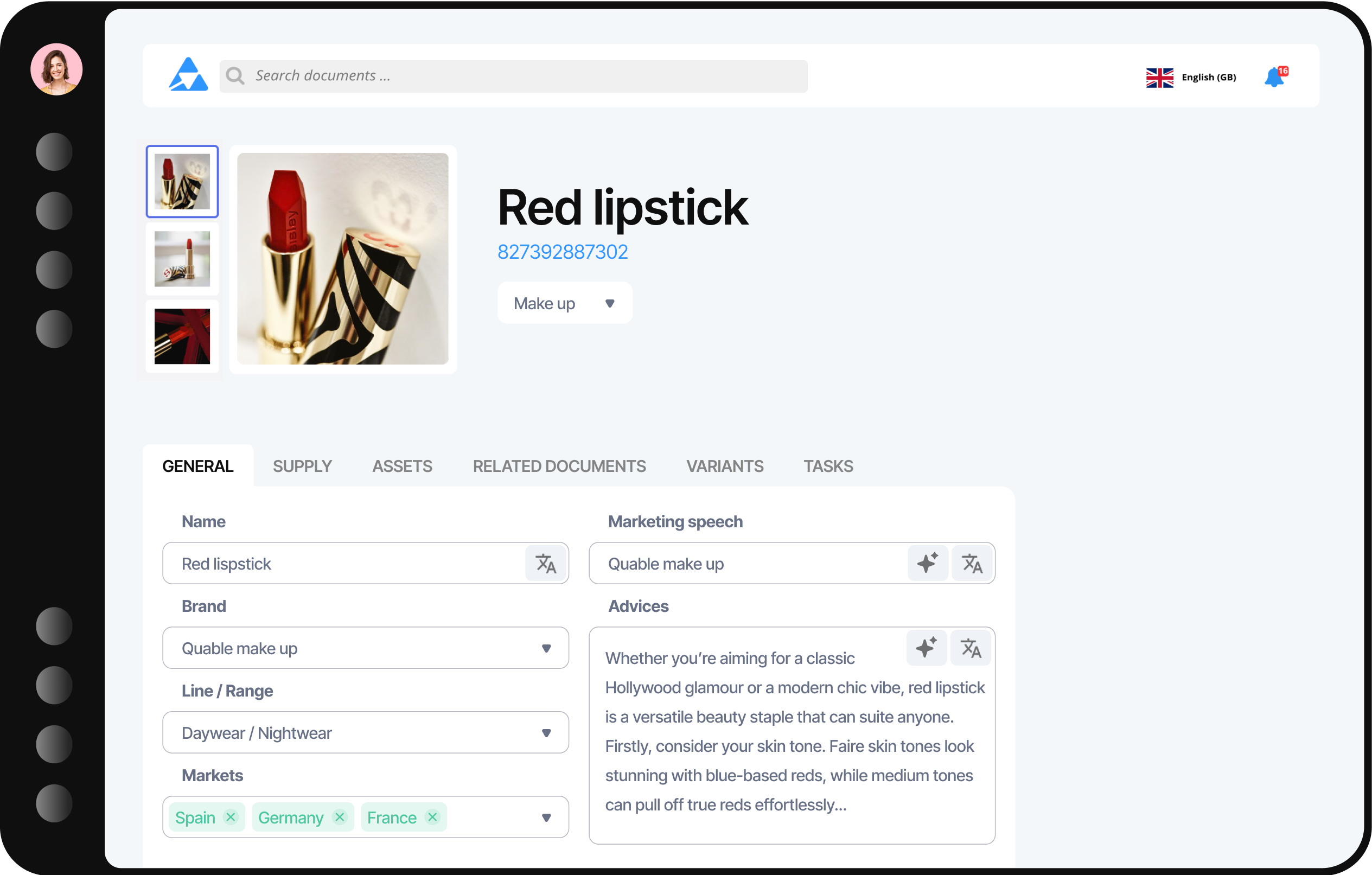How to successfully implement a PIM system

In today’s fast-paced market, product information can make or break your success. A Product Information Management (PIM) system isn’t just a luxury, it’s a game-changer. By centralizing and optimizing your product data, you ensure accuracy, boost efficiency, and deliver seamless experiences across every sales channel. But how do you do it? This blog post gives you a high overview of how to integrate a PIM into your existing infrastructure.
Whether you’re expanding globally, speeding up launches, or simplifying operations, the right PIM strategy drives real growth. But implementation matters. In this guide, we’ll walk you through the key steps and best practices to turn your PIM into a powerful engine for business success.
Why does your business need a PIM?
Customers, retailers, and distributors demand accurate, up-to-date product information—no matter where they find it. Yet, many companies struggle with product data scattered across ERPs, spreadsheets, and disconnected tools, leading to errors, inefficiencies, and missed opportunities.
A Product Information Management (PIM) system solves this challenge by acting as a central hub for all product data. Instead of juggling multiple sources, teams can efficiently manage, enrich, and distribute consistent product details across every channel, from e-commerce sites to print catalogs.
The impact of a PIM
- Eliminate repetitive tasks: Automate updates and reduce manual data entry
- Ensure accuracy: Say goodbye to conflicting versions and outdated spreadsheets
- Launch products faster: Speed up time-to-market with streamlined workflows
- Scale globally: Easily manage multilingual and multi-region content
- Improve collaboration: Align marketing, sales, and product teams with a single source of truth
With a PIM, businesses can deliver richer, more reliable product experiences, giving them a competitive edge in an omnichannel world.
Design a PIM data model that works for your business
Your PIM system is only as strong as its data model: the blueprint that organizes and structures your product information. A smart, flexible model adapts to your unique catalog while preparing for future growth. Here are the key principles for a strong PIM data model:
- Logical hierarchy
- Standardized attributes
- Multilingual support
- Controlled workflows
A well-designed model eliminates duplicate entries, reduces manual work, and ensures accurate, omnichannel-ready product data.
Build effective PIM data governance
A PIM system thrives on high-quality, well-managed data—but without clear governance, even the best technology can’t prevent chaos. Poorly defined roles, inconsistent processes, and lack of accountability lead to errors, delays, and frustrated teams. Here is how to build an effective PIM data governance:
Assign clear ownership: designate "data stewards" for each product category, brand, or region to ensure accuracy and accountability;
Implement structured workflows: define approval chains (draft → review → publish) to maintain control and prevent unauthorized changes;
Train teams on data best practices: educate marketing, product, and e-commerce teams on standardization to improve consistency;
Monitor data health: track metrics like completeness, accuracy, and update frequency to identify gaps and optimize processes.
With strong governance, your PIM becomes a trusted single source of truth, eliminating silos, reducing rework, and ensuring customers always see reliable, up-to-date product information. This results in smoother operations, faster time-to-market, and greater confidence across your organization.
Unlock the PIM’s full power with smart integrations
A PIM system doesn’t just store product data. It becomes the beating heart of your commerce ecosystem when connected to the tools your teams rely on daily. Isolated data leads to inefficiencies, but a fully integrated PIM ensures real-time accuracy across every customer and internal touchpoint:
- ERP systems: Sync pricing, inventory, and technical specs directly from your financial backbone.
- DAM platforms: Enrich products with high-res images, videos, and downloadable assets seamlessly
- E-Commerce & CMS: Enable the DXP to automatically feed updated product pages and enable personalized, omnichannel experiences
- Marketplaces: Push optimized listings to Amazon, eBay, and more without manual re-entry
- Print & catalog tools: Generate brochures and price lists with always-accurate data
By breaking down data silos, you eliminate tedious manual work, reduce errors, and ensure every channel—from your website to third-party sellers—delivers consistent, up-to-date product experiences.
The result? Faster launches, smoother operations, and a stronger competitive edge.
Turn your product data into a strategic advantage
Implementing a PIM system is more than a technical upgrade, it’s a strategic shift. By placing product information at the heart of your operations, you gain the agility to respond to market demands, the clarity to eliminate errors, and the power to deliver consistent, compelling product experiences everywhere.
Whether you’re scaling internationally, integrating new sales channels, or simply seeking operational efficiency, a well-implemented PIM empowers your teams and delights your customers.
With the right foundation, governance, and integrations, your PIM becomes a catalyst for lasting business success.
[On-Demand Webinar] Introducing Ibexa DXP V5
|
|
|



